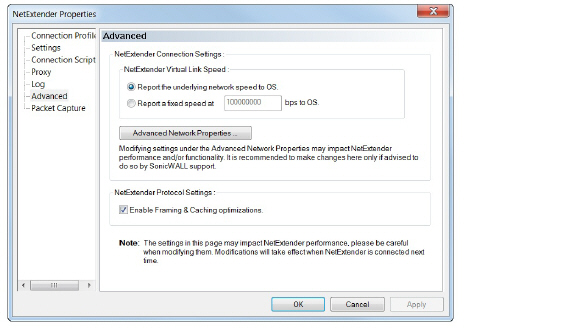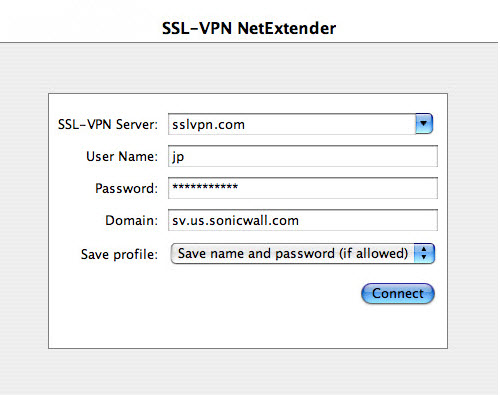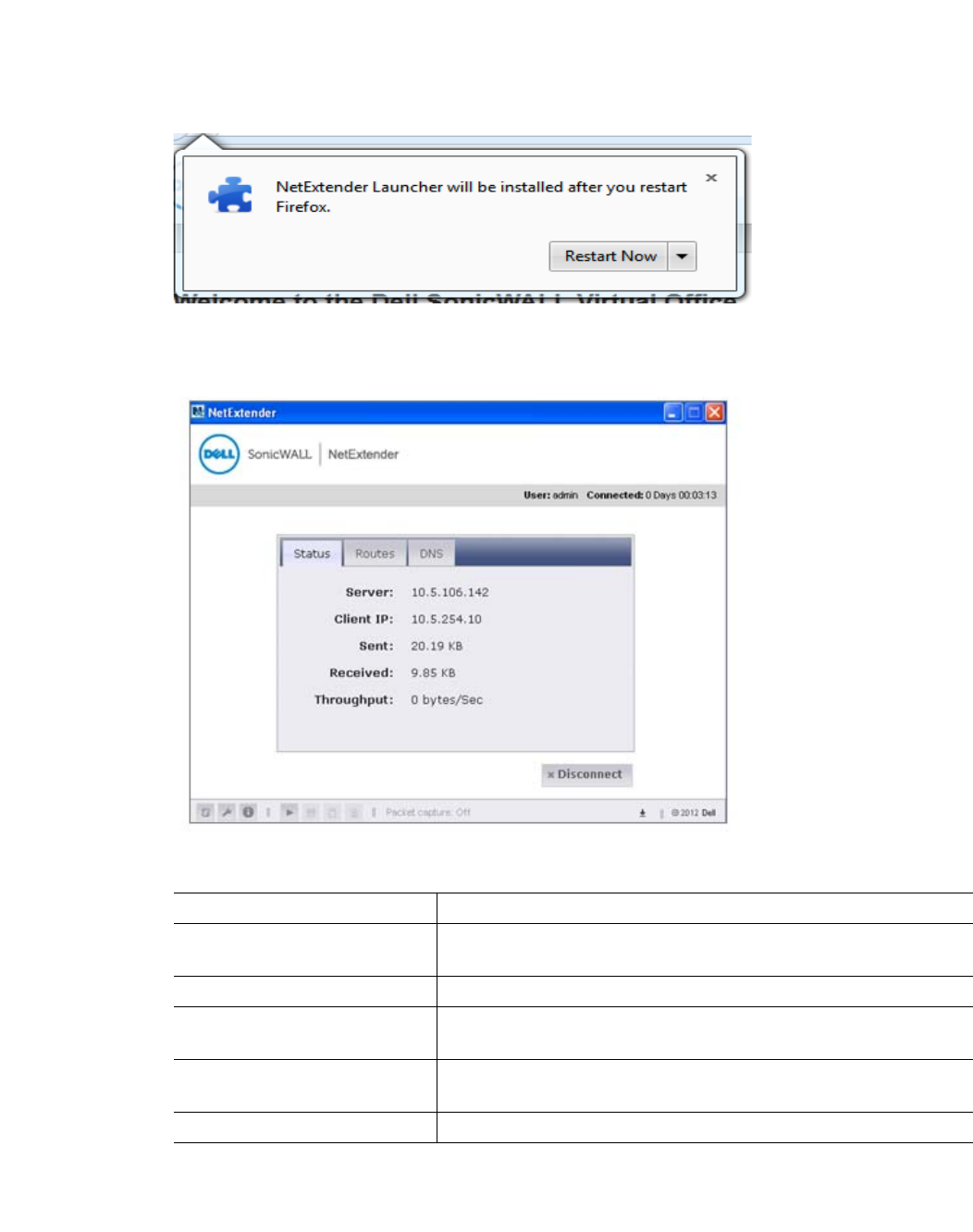

- #Dell sonicwall netextender uninstall .exe#
- #Dell sonicwall netextender uninstall install#
- #Dell sonicwall netextender uninstall software#
- #Dell sonicwall netextender uninstall windows#
In this case, you must enable Safe Mode with Networking - a secure environment that disables most processes and loads only the most required services and drivers. In addition, the functionality of the virus may itself affect the deletion of NEService64.exe. Note that not all tools can detect every type of malware, so you may need to try several options before you're successful.
#Dell sonicwall netextender uninstall install#
To delete the NEService64.exe virus, you should download and install a full security application like Malwarebytes. If you suspect that you may be infected with a virus, then you must attempt to fix it immediately. To do this, find this process in Task Manager.įind its location (it should be in C:\Program Files\sonicwall\ssl-vpn\netextender) and compare the size etc with the above facts.

If you had any difficulties with this executable, you should determine if it's trustworthy before deleting NEService64.exe.
#Dell sonicwall netextender uninstall windows#

The first thing that will help you determine if a particular file is a legitimate Windows process or a virus, is the location of the executable itself. Is NEService64.exe safe, or is it a virus or malware? (optional offer for Reimage - Website | EULA | Privacy Policy | Uninstall) Recommended: Identify NEService64.exe related errors Please read the following to decide for yourself whether the NEService64.exe file on your computer is a virus or trojan horse that you should delete, or whether it is a valid Windows operating system file or a reliable application. In some cases, executable files can damage your computer.
#Dell sonicwall netextender uninstall .exe#
exe extension of a file name displays an executable file.
#Dell sonicwall netextender uninstall software#
The software is usually about 5.55 MB in size. NEService64.exe is an executable file that is part of the Dell SonicWALL NetExtender program developed by Dell Inc. 1 - Open device manager, go to start, run, and type in devmgmt.msc, click on Ok.

Uninstall device or do a rollback of the update.Īction: Restore and reinstall the net-extenderīackup your configuration from the net-extender, (make a note of the login details). After deleting device re-scan for changes or reboot your client.Īs this might not always be the case I have listed some troubleshooting step that got me resolving the issue in the first place.ġ - Check if recently any other network devices has been added or installed like an internet hub, mobile device or related updates. In certain cases the issue can be quickly fixed by deleting the Wan Miniport (IP) and the Wan Miniport (PPTP) in device manager. I like to share my feedback, as I was addressing the same matter today and couldn't find an answer online to fix it.


 0 kommentar(er)
0 kommentar(er)
